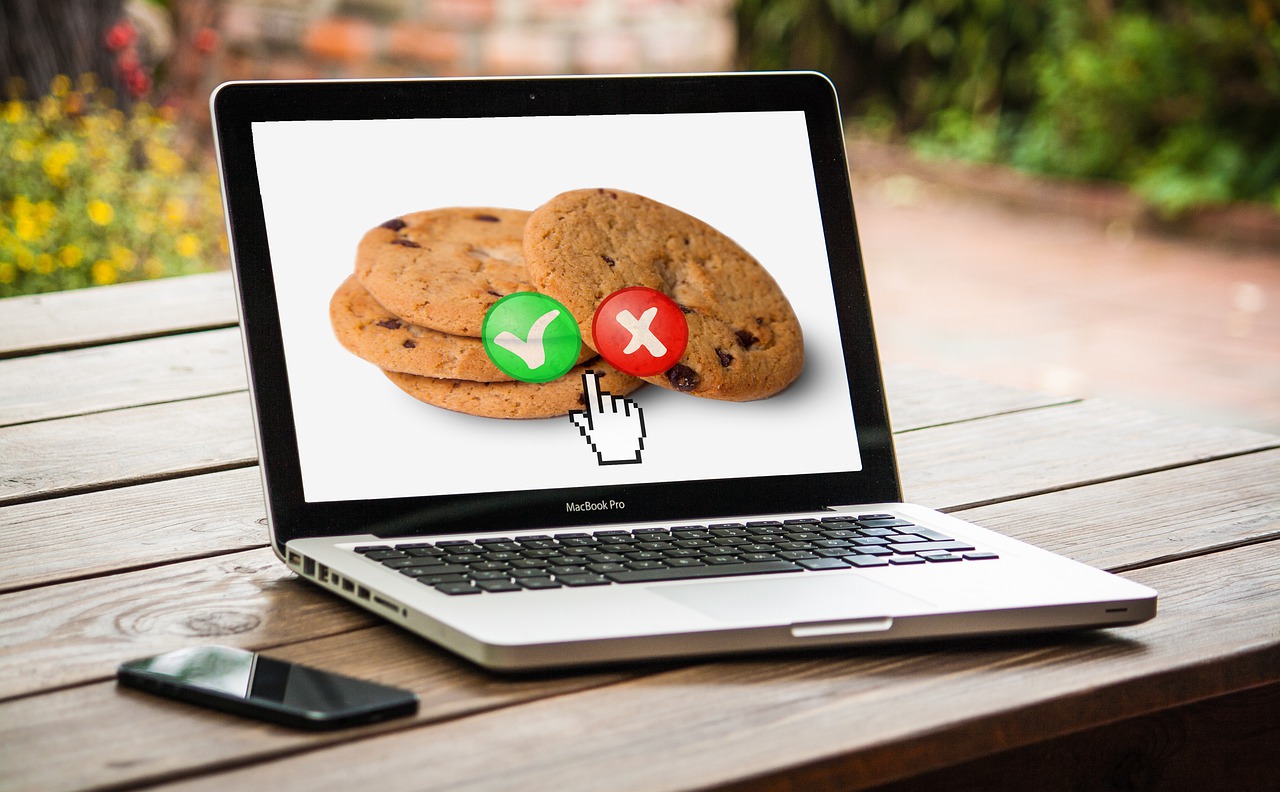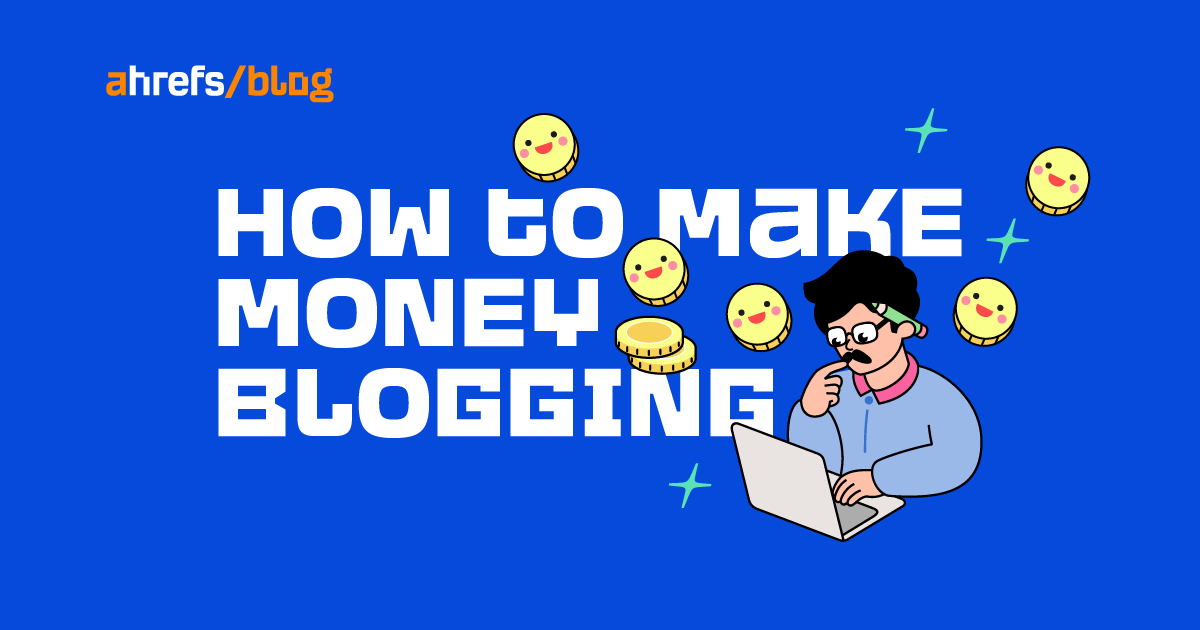Adjusting Digital Marketing Strategy in A Post-Cookie World: Navigating the Age of Privacy
Advertisers have been making use of cookies to track user activities. It creates a better user experience and helps the advertisers show personalized ads to the user. But with the changing times, users are becoming more privacy-conscious. New data...

Advertisers have been making use of cookies to track user activities. It creates a better user experience and helps the advertisers show personalized ads to the user. But with the changing times, users are becoming more privacy-conscious. New data privacy laws are coming up, and advertisers have to work within those technology standards. The year 2023 is speculated to be the demise of third-party cookies. Of course, marketers have already started working on substitutes for cookies in digital marketing. But before we dig deeper into the solutions with respect to new digital marketing strategies, let’s understand the basics first:
What Are Cookies?
Whenever a user visits a website, very small text files are stored on the device of the user. These text files are generated by that website to provide a better experience of the website. But sometimes the users receive cookies from a website they have not visited. These are called third-party cookies. The code for the third-party cookies is placed by the website domain owner on the website domain. These cookies are used by advertisers for the purpose of showing those advertisements that are based on the interests of the user. For example- If we have been searching for a particular product or service, we see advertisements related to that product or service start appearing on any website we visit. Like you were searching for Bluetooth speakers on Amazon, and suddenly you see advertisements for Bluetooth speakers of various brands on almost every website that you visit. There are many types of cookies.
Some cookies are function-oriented, and the whole working of the website depends on these cookies. Whereas some cookies are designed for the purpose of collecting information on user activity to understand user behavior. Then there are cookies that gather information only to give a more personalized experience to the user.
Not all cookies stay active for an infinite period. While some cookies stay on the device of the user for a long time for the purpose of remembering all the important data like login passwords, settings, etc. that are preferred to be used by the user regularly, temporary cookies become inactive as the user exits the browser.
What Does It Mean to Go “Cookie-less”?
“Cookie-less” means having a user privacy-centric approach and being less dependable on third-party cookies. But where does that leave the advertisers, and how does that affect the field of digital marketing? In what other ways can we reach our targeted audience?
Google has already taken the decision to let go of third-party cookies on the Chrome browser, which is almost half of what is used by users throughout the world.
Third-party cookies have been used by different brands to show relevant product or service advertisements to the target customers. Even when the users are not active on the website, with the help of third-party cookies, it is known what they are browsing online. The whole Digital Marketing field is structured around online user activities.
Adjusting Digital Marketing Strategies Amid Privacy-centric Policies
If you are selling services and products on your own website, these new policies are not going to affect you. But If you depend on concrete data for online advertisements of your products and services, then you need to adapt yourself to the new system and work on Alternative Digital Marketing Strategies. Considering the near phase-out of third-party cookies, major Alternative Digital Marketing Strategies are:
Leveraging on First-party Cookies and Data
Since First- party cookies and data are collected by the website that you visit, it is certainly more reliable. But even this cannot be stored without the consent of the user. A notice displaying the cookie policy will still be required, and a choice-based option will be provided. Although the main function of First-party cookies is to understand the pattern of returning website users, they also help in analyzing marketing campaigns.
Maximizing The Use of Contextual Advertising
Contextual advertising is going to be one of the most reliable alternatives in Digital Marketing. Advertisers can go for keyword-based advertising; for example, I the user searched for journals, you could show the ad for pens and other related stationery items.
Utilizing Zero-party data
Zero-party data is collected by asking for preferences for email marketing, putting a questionnaire while registering on a website, conducting polls, etc. As we can have a fair idea that zero-party data will prove to be one of the most credible ones, but the collection of zero-party data is highly difficult. It completely depends on the user whether the user has the time, energy, or intention to even consider it. But if this could be done, it can certainly lead to long-term trust with the customers.
Promotional surveys can be a good tool to gather data. Also, if a user is making time to answer the questions, quality content should be provided to them. Gathering an email list with the user’s consent will be a highly useful strategy. It is a very basic idea, yet a timeless marketing strategy.
Browser APIs
Browser APIs help understand the interest areas of the user, and marketers can maximize interest-based marketing. Although it is highly user-dependent yet browser APIs could provide insight into the browsing habits of the user.
Cohort Marketing
Cohort Marketing can also be used as a good Digital Marketing Strategy. Cohorts means small groups. Segregating the audience with identical behavior into groups comes under Cohort Marketing. It could be leveraged by creating a campaign strategy that includes understanding what is common among users who are making the same decisions.
Data Clean Rooms
Data clean rooms can also be one of the Alternative Digital Marketing Strategies. These software platforms don’t reveal personal information, but still, the data can be shared among parties for advertising campaigns.
Marketing Mix Modeling
Marketing mix modeling (MMM) is a tool that helps marketers understand which marketing input is giving them the maximum returns on their investment. So the marketing strategies that are yielding low returns on their investment need not be prioritized. But it varies according to the product and services. If a specific marketing input is leading to the maximum sales for a particular product and service, it must be given more importance in terms of deciding future approaches.
Universal IDs
Universal IDs (UID) help recognize a user on different platforms. These are single identifiers that are used by the advertising industry to show advertisements. A Universal ID does take privacy into consideration and it is assigned to each user. Universal IDs help in passing information only to the approved partners for the requirements of Digital Marketing.
Final Notes
No strategy is fool proof and won’t be useful forever, yet exploring the basics is the need of the hour. Your website should provide quality content that is actually helpful to the user. Interacting with customers on social media is one of the best ways to build trust and credibility. Connecting through emails but with meaningful content is a timeless Digital Marketing Strategy.
Marketers need to unify their marketing data and invest more in market research.
We cannot run away from Privacy-Centric policies. Instead, marketers need to accept and work around them in a way that is helpful to the users as well as the field of Digital Marketing.
Every field evolves with time. And the field of marketing and advertising, whether in the days of Mad-Men or when Digital Marketing started, has adapted itself to those changing times. Navigating through this Post-Cookie World won’t be much complex either if the marketers adjust accordingly.

 Tfoso
Tfoso 































